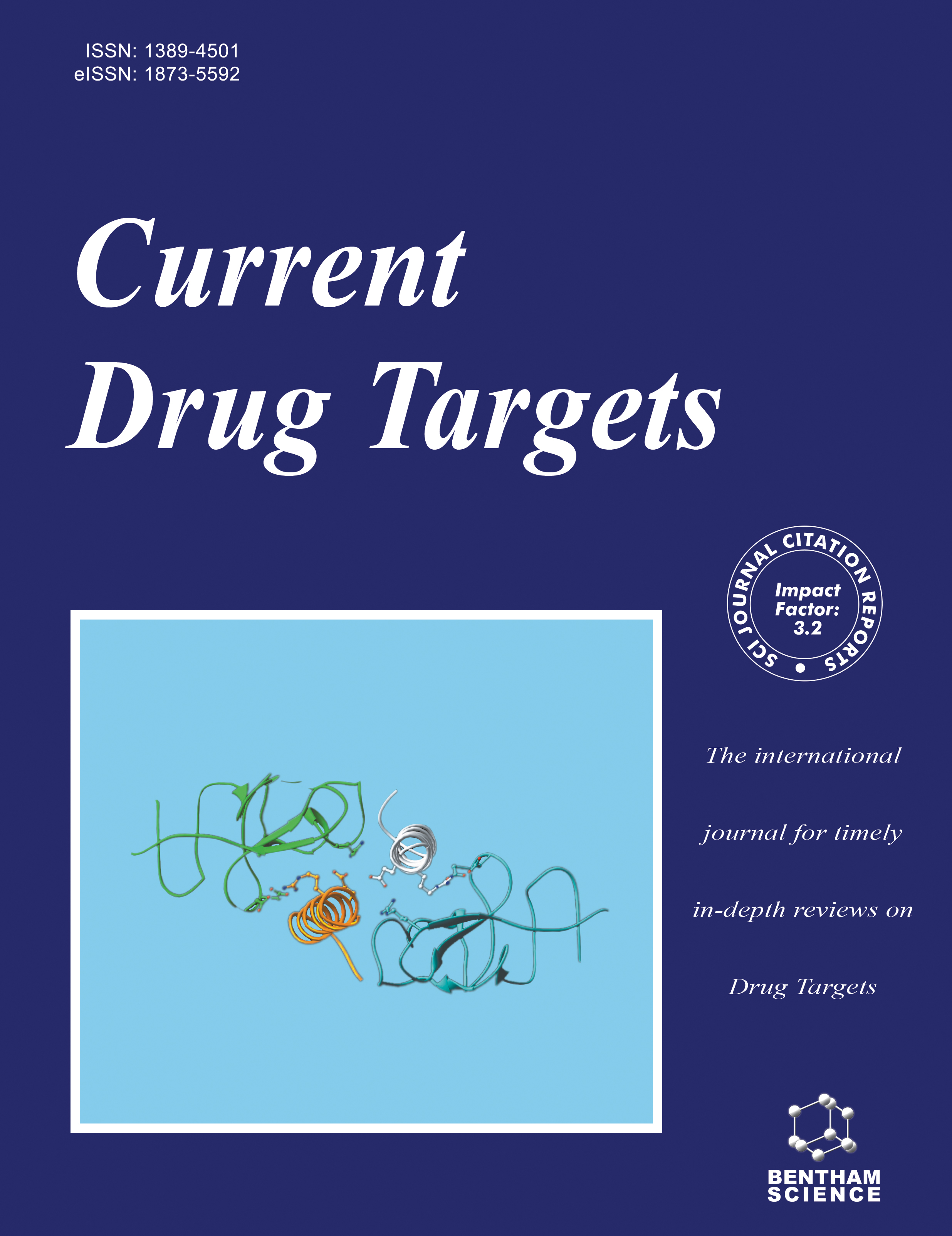
Full text loading...

Astragalus mongholicus is distributed in Inner Mongolia, China, and has a certain therapeutic effect on silicosis. However, the regulatory mechanisms of Astragalus mongholicus mediated by alternative splicing (AS) in silicosis pathology and treatment remain unclear.
The pathological examination was performed on the lung tissue from a constructed mouse model of silicosis. Then, rMATS-based AS detection, target prediction, PPI analysis, and molecular docking were conducted to investigate the mechanism of Astragalus mongholicus-mediated treatment of silicosis in mice from the perspective of AS.
A total of 404 differentially alternatively spliced genes (DASGs) were identified between the Astragalus mongholicus treatment and the silicosis model group. Moreover, 194 potential targets were predicted from 33 active components of Astragalus mongholicus, of which the targets, Rps6ka2 and Clk4, underwent differential AS. Network pharmacology analysis indicated that the Isomucronulatol, 7-o-methylisomucronulatol, and Medicarpin in Astragalus mongholicus might participate in the treatment of silicosis through differential splicing of Rps6ka2 or Clk4. Molecular docking confirmed a strong binding affinity between the protein Rps6ka2 and Medicarpin.
This study suggests that Isomucronulatol, 7-o-methylisomucronulatol, and Medicarpin, being active components in Astragalus mongholicus, may intervene in silicosis pathogenesis through differential splicing of Rps6ka2 or Clk4, involving biological processes such as protein serine/threonine kinase activity. However, further experimental validation is required to confirm these findings.
A large number of DASEs exist in the development and treatment of silicosis. Astragalus mongholicus may alleviate silicosis through AS-regulated mechanisms involving Rps6ka2 and Clk4. This finding provides novel strategies and potential molecular targets for silicosis treatment.

Article metrics loading...

Full text loading...
References


Data & Media loading...